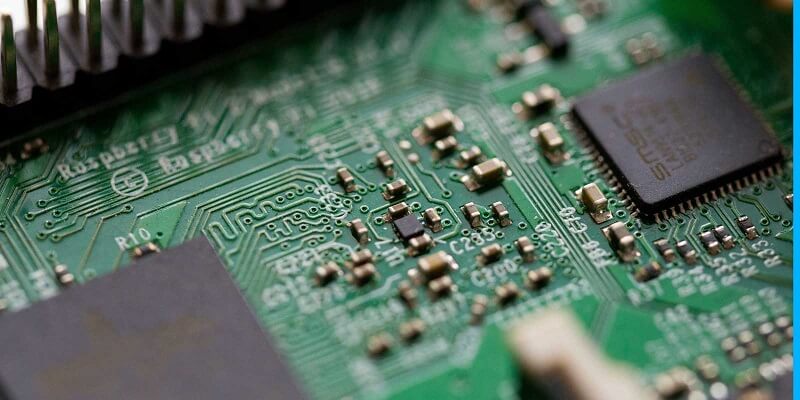Drive hardware innovation with smart tax strategy. Electronics companies engaged in new device development, embedded systems, IoT, hardware‑software integration or semiconductor research are eligible for R&D Tax Credits under IRC §41 and many state programs.


Examples of qualifying activities in electronics development
- Semiconductor/IC Process innovation or new material trials
- PCB/layout redesign for Smaller form‑factor, improved EMI/thermal performance
- Embedded system development Combining hardware sensor modules, edge compute, firmware optimization
- IoT device development with New sensor types, connectivity modules, power‑management routines
- Hardware‑software integration Custom firmware for new hardware, co‑design of electronics and control algorithms
- Packaging/thermal/EMI Experimental lab trials, prototype build cycles, failure analysis and redesign
What qualifies as R&D in Electronics?

To qualify, electronics R&D must:
- Aim at a permitted purpose — such as a new device architecture, semiconductor process improvement, embedded‑system integration, IoT‑sensor innovation, or improved materials/performance in hardware.
- Tackle technical uncertainty — for example: “Can the new chip maintain required throughput at lower power?”, “Will the embedded system integrate sensor data and compute locally without cloud latency?”, “Can the package meet EMI, thermal and miniaturisation goals simultaneously?”
- Use a process of experimentation — iterations of prototypes, test‑bench trials, simulation modelling, firmware/hardware co‑design, thermal/circuit redesign.
- Be technological in nature, grounded in electrical engineering, materials science, computer engineering, firmware development, hardware‑software integration or semiconductor process design.
Qualified Research Expenses (QREs)
Roles commonly involved in qualifying activities
- Electrical/Hardware Engineers & PCB Designers
- Firmware/Embedded Systems Developers
- Materials Scientists and SEM/Probe Test Engineers
- IoT Device Architects and Sensor Engineers
- Test Engineers (thermal, EMI, environmental), Prototyping Labs
- External fabrication or materials research partners
What does not qualify
- Manufacturing existing designs or ramping production without experimentation
- Integrating standard off‑the‑shelf modules without novel improvement
- Purely operational manufacturing or assembly tasks, general business functions
- Capital equipment purchases not tied to documented R&D experimentation
Compliance and Documentation
Following the One Big Beautiful Bill Act (OBBBA) signed July 4, 2025, §174 now allows immediate expensing of domestic research expenses for tax years beginning on or after January 1, 2025. Taxpayers may also elect optional amortization under new §174A. Foreign research expenses must still be amortized over 15 years. This is separate from the §41 credit but impacts overall tax planning.
- Project statements of objectives/uncertainties (e.g., “Can the new IC achieve 20% power reduction while maintaining throughput and meeting thermal limits?”)
- Simulation logs, prototype build/test reports, iteration logs and failure analysis
- Staff time records broken out by research vs routine tasks, test bench data, material/test‑fixture usage logs This supports compliance under the four‑part test for R&D.
Frequently Asked Questions


Yes—if they undertake true research and experimentation in hardware, firmware, sensor/embedded systems or materials innovation.


Wages for design/test staff, supplies used in prototypes/trials, simulation/EDA software, third‑party materials testing or prototype contractors.


Examples: developing new ICs, embedded systems, IoT sensors/modules, hardware‑software integration, improving performance/size/power/thermal.


Routine manufacturing, assembly, minor modifications of existing products without experimentation, general business tasks.
Next Steps
Use our calculator to estimate your potential federal and state benefits
Schedule a consultation to structure your row crop research activities
If you are innovating in agriculture, you may already be doing R&D. Let's make sure you are rewarded for it.
Contact Strike Tax Advisory
Ready to maximize your R&D tax credits? Get in touch with our team of experts.

Software & Technology
With just a little info, our Strike Experts can help you start your R&D tax credit journey.
Got questions?
We’ll walk you through our process and take the time to understand yours to make sure you get the most back.
Schedule a MeetingRelated Sub-Industries
Does your state qualify for the State R&D Tax Credit?
Benefits for the R&D Tax Credit vary from state to state. Get an accurate estimate of your potential state tax credit!






